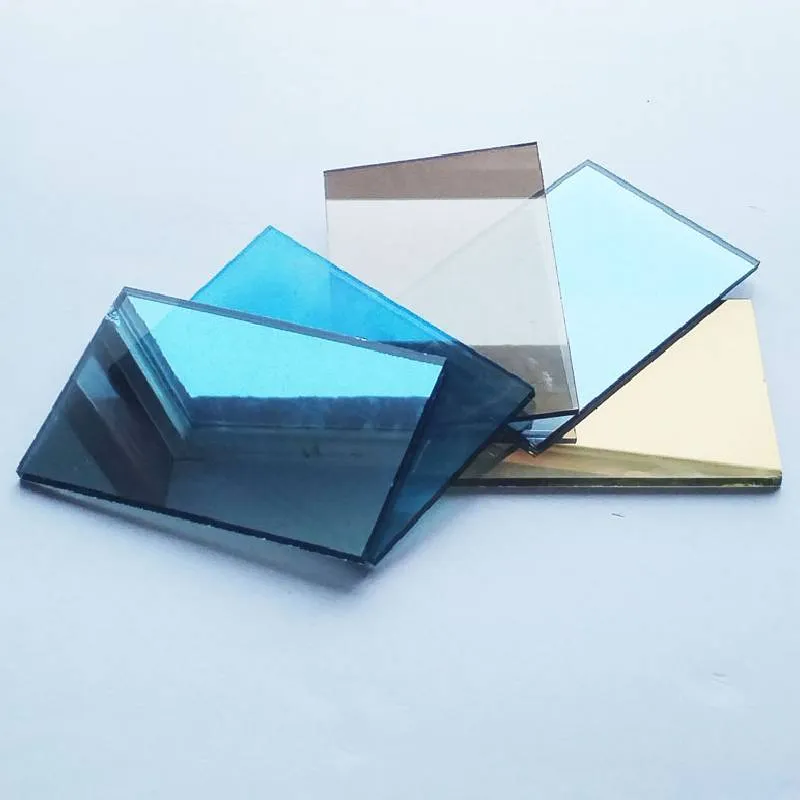Understanding Float Glass Types A Comprehensive Overview
Float glass, a fundamental element in modern architecture and design, is produced through a unique process that ensures a flat, flawless surface. This type of glass is created by floating molten glass on top of molten tin, allowing it to form a consistent thickness and minimal imperfections. The result is a versatile and widely used product in various applications, such as windows, facades, and glass doors. However, not all float glass is the same; various types are available, each tailored to specific needs and preferences.
One of the primary classifications of float glass is based on its thickness. Standard float glass is available in a range of thicknesses, typically from 2 mm to 19 mm, depending on the application. For instance, thinner glass is often used for picture frames and decorative mirrors, while thicker glass is preferred for large windows and structural elements of buildings.
Another significant distinction among float glass types is their treatment or finish. Clear float glass is the most common type, known for its high transparency and clarity. However, there are also tinted and patterned variants. Tinted float glass comes with a colored hue, which can help reduce solar heat gain, thereby improving energy efficiency in buildings. On the other hand, patterned float glass provides both aesthetic appeal and privacy, making it a popular choice for bathrooms and commercial spaces.
float glass types
Moreover, float glass can also be treated to enhance its durability and safety. Laminated float glass consists of two or more layers of glass bonded with an interlayer, which holds the shards together in case of breakage, reducing the risk of injury. This type is highly valued in high-traffic areas and locations prone to severe weather conditions. Similarly, tempered float glass is subjected to thermal treatment, making it much stronger than standard glass. It is less likely to break and, when it does, shatters into small, harmless fragments.
In addition to these functional improvements, float glass can also be coated with low-emissivity (low-e) films to enhance energy efficiency further. These coatings reflect infrared light while allowing visible light to pass through, making them ideal for buildings that aim for sustainability and lower energy costs.
In conclusion, float glass is a multifaceted material with varied types tailored to different needs. Understanding the distinctions between standard, tinted, laminated, tempered, and low-e float glass is crucial for architects, designers, and builders committed to optimizing both the aesthetic and functional qualities of their projects. As technology evolves, we can anticipate even more innovations in float glass types, further enhancing their application in our everyday lives.
 Afrikaans
Afrikaans  Albanian
Albanian  Amharic
Amharic  Arabic
Arabic  Armenian
Armenian  Azerbaijani
Azerbaijani  Basque
Basque  Belarusian
Belarusian  Bengali
Bengali  Bosnian
Bosnian  Bulgarian
Bulgarian  Catalan
Catalan  Cebuano
Cebuano  Corsican
Corsican  Croatian
Croatian  Czech
Czech  Danish
Danish  Dutch
Dutch  English
English  Esperanto
Esperanto  Estonian
Estonian  Finnish
Finnish  French
French  Frisian
Frisian  Galician
Galician  Georgian
Georgian  German
German  Greek
Greek  Gujarati
Gujarati  Haitian Creole
Haitian Creole  hausa
hausa  hawaiian
hawaiian  Hebrew
Hebrew  Hindi
Hindi  Miao
Miao  Hungarian
Hungarian  Icelandic
Icelandic  igbo
igbo  Indonesian
Indonesian  irish
irish  Italian
Italian  Japanese
Japanese  Javanese
Javanese  Kannada
Kannada  kazakh
kazakh  Khmer
Khmer  Rwandese
Rwandese  Korean
Korean  Kurdish
Kurdish  Kyrgyz
Kyrgyz  Lao
Lao  Latin
Latin  Latvian
Latvian  Lithuanian
Lithuanian  Luxembourgish
Luxembourgish  Macedonian
Macedonian  Malgashi
Malgashi  Malay
Malay  Malayalam
Malayalam  Maltese
Maltese  Maori
Maori  Marathi
Marathi  Mongolian
Mongolian  Myanmar
Myanmar  Nepali
Nepali  Norwegian
Norwegian  Norwegian
Norwegian  Occitan
Occitan  Pashto
Pashto  Persian
Persian  Polish
Polish  Portuguese
Portuguese  Punjabi
Punjabi  Romanian
Romanian  Russian
Russian  Samoan
Samoan  Scottish Gaelic
Scottish Gaelic  Serbian
Serbian  Sesotho
Sesotho  Shona
Shona  Sindhi
Sindhi  Sinhala
Sinhala  Slovak
Slovak  Slovenian
Slovenian  Somali
Somali  Spanish
Spanish  Sundanese
Sundanese  Swahili
Swahili  Swedish
Swedish  Tagalog
Tagalog  Tajik
Tajik  Tamil
Tamil  Tatar
Tatar  Telugu
Telugu  Thai
Thai  Turkish
Turkish  Turkmen
Turkmen  Ukrainian
Ukrainian  Urdu
Urdu  Uighur
Uighur  Uzbek
Uzbek  Vietnamese
Vietnamese  Welsh
Welsh  Bantu
Bantu  Yiddish
Yiddish  Yoruba
Yoruba  Zulu
Zulu 

